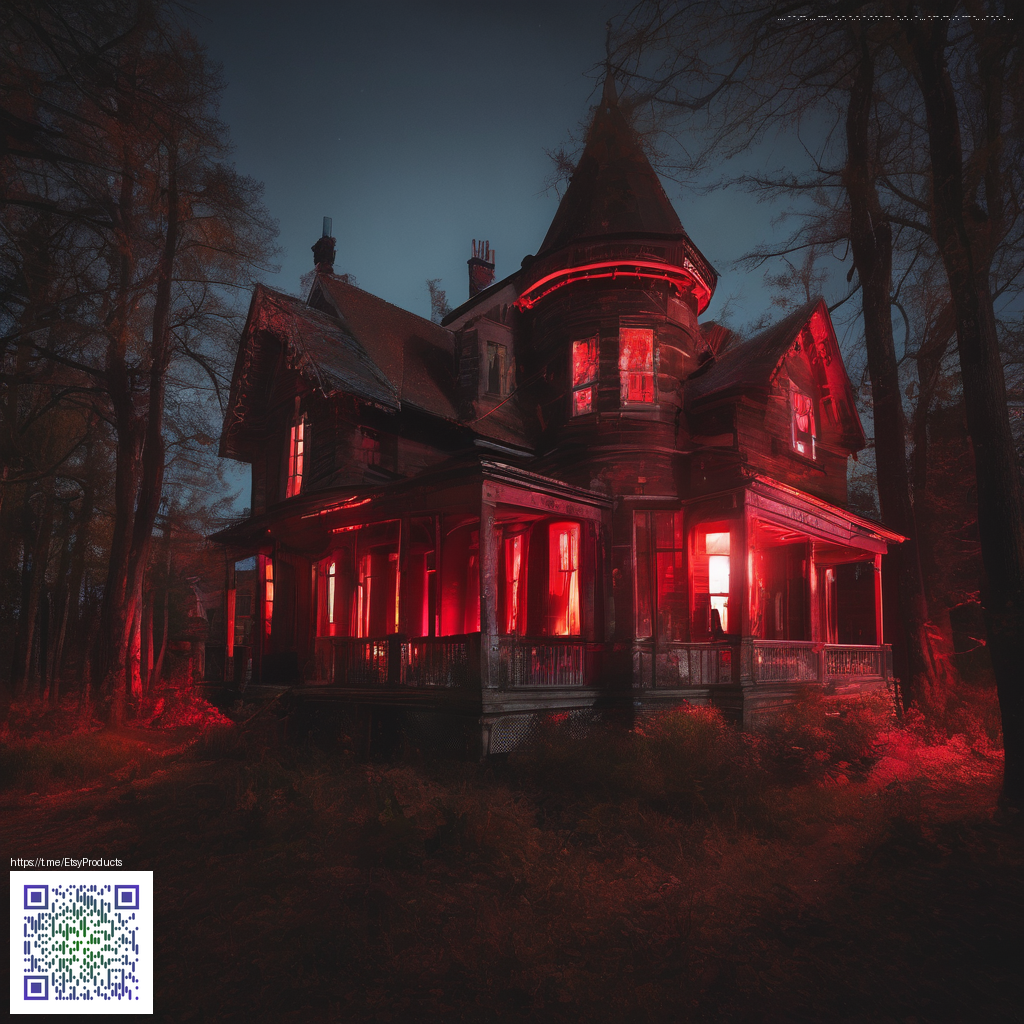
A milestone in user driven content and community powered play
From its first moments on the PlayStation 3, this quirky platformer turned players into designers. The core idea is simple yet profound create a world then invite others to explore it. The moment you guide Sackboy through a level you are stepping into a collaborative art project that grows as players share ideas, constraints, and clever solutions. The game treats creation as central to the experience not a side quest, and that philosophy reshaped what players expect from a game world.
Gameplay mechanics that enable creation
At the heart of the design lies a flexible toolset that invites experimentation. The Popit editor exposes an approachable library of materials, gadgets, and logic constructs that players harness to assemble intricate puzzles and playful platforms. Objects snap into place, gravity and friction feel tangible, and triggers trigger reactions across a level in ways that encourage both precision and imagination. It is not just a set of parts it is a sandbox where cause and effect become the artistry.
What makes the toolset sing is how approachable it remains. You do not need a degree in programming to craft a kaiju of a boss battle or a frantic race course. The system guides beginners with visual cues while rewarding experienced creators with deeper layers of behavior control. Players discover that a level can be a clever puzzle, a lighthearted romp, or a narrative vignette told entirely through traversal and interaction. The balance between accessibility and depth is the engine behind a thriving creative community.
Community insights and a thriving sharing culture
The sharing economy in this space is less about economy and more about taste making. Creators post levels, tag them, curate screenshots, and rely on a community driven discovery loop. The thrill comes when a new creator hits upon a configuration that feels obvious in retrospect yet astonishing in execution. Players rally around experiments that push the tools in unexpected directions and that collective curiosity fuels ongoing innovation. It is common to see playlists of themed experiences and collaborative projects where designers build upon each other ideas.
Discovery becomes a player skill in its own right. How you navigate a crowded landscape how you sift through popular motifs and find hidden gems becomes part of the game. The community fosters a culture of generosity offering tutorials, tips, and variations that lower the barrier for newcomers. That mentorship dynamic is not a campaign mode it is the heartbeat of the platform. The end result is a living catalog of user content that outpaces traditional development in breadth and whimsy.
Updates that expanded the canvas
Over time the platform grew through patches and sequels that refined the imagination engine. Early updates added more materials, more behavior options, and more reliable sharing so creators could publish worlds with confidence. A follow up release improved the creator toolset and broadened the audience with refined controls for visibility and downloading. Each step reinforced the idea that building is as important as conquering a level and that sharing turns a single idea into a shared culture.
Subsequent entries in the series expanded the tools further while preserving the core ethos. New platforms brought fresh audiences and more advanced lighting, physics, and editing capabilities. The emphasis remained on lowering friction so that players of all skill levels could test ideas quickly and iterate with feedback from their peers. The result is a continuously evolving ecosystem where content creators not only craft experiences they also influence neighboring projects and genres through cross pollination.
Modding culture and developer perspective
Modding in this space is less about external hacks and more about remixing and reinterpreting existing assets with a creator mindset. Players experiment with costumes, props, and environmental logic to reframe a level into a new genre or challenge. The culture rewards playful experimentation and communal critique in equal measure and it thrives on a shared vocabulary of ideas about space, timing, and interaction. This spirit of open creativity mirrors broader trends in gaming where players increasingly become co designers, not just consumers.
From the development side, the studio has consistently framed creation as the central heartbeat of the experience. The philosophy centers on empowering players to imagine, assemble, and refine without gatekeeping. When designers discuss why they built a platform around user generated content, the message is clear players are not just playing a game they are shaping it. That invitation to participate has left a lasting imprint on how studios approach tools, tutorials, and community engagement in future projects.
Creation is not an optional addon it is the design philosophy that guides every room a player builds and every path they traverse
For gamers who crave a canvas rather than a fixed script, the legacy is clear this is where community driven content proved to be one of the most potent engines behind a game's enduring appeal. It is not just about the levels you beat it is about the worlds you birth with others and the shared language that forms when players swap ideas and push each other to think differently about what a game can be.
For fans and newcomers alike the story behind this platform is a reminder that great iterations often come from giving players the tools to write their own chapters. The emphasis on creativity democratizes game design and invites a wider audience to participate in the ongoing evolution of a franchise and in turn influence how studios approach future releases and post launch support. The cultural footprint extends beyond the screens it informs how players imagine collaboration and how developers trust the community to shape the future of gaming.
Support this vision and help sustain a decentralized internet where creators around the world can connect, share, and refine ideas without gatekeepers. Your contribution today helps fund platforms that empower independent artists and hobbyists to participate in the digital future.
Support a decentralized internet